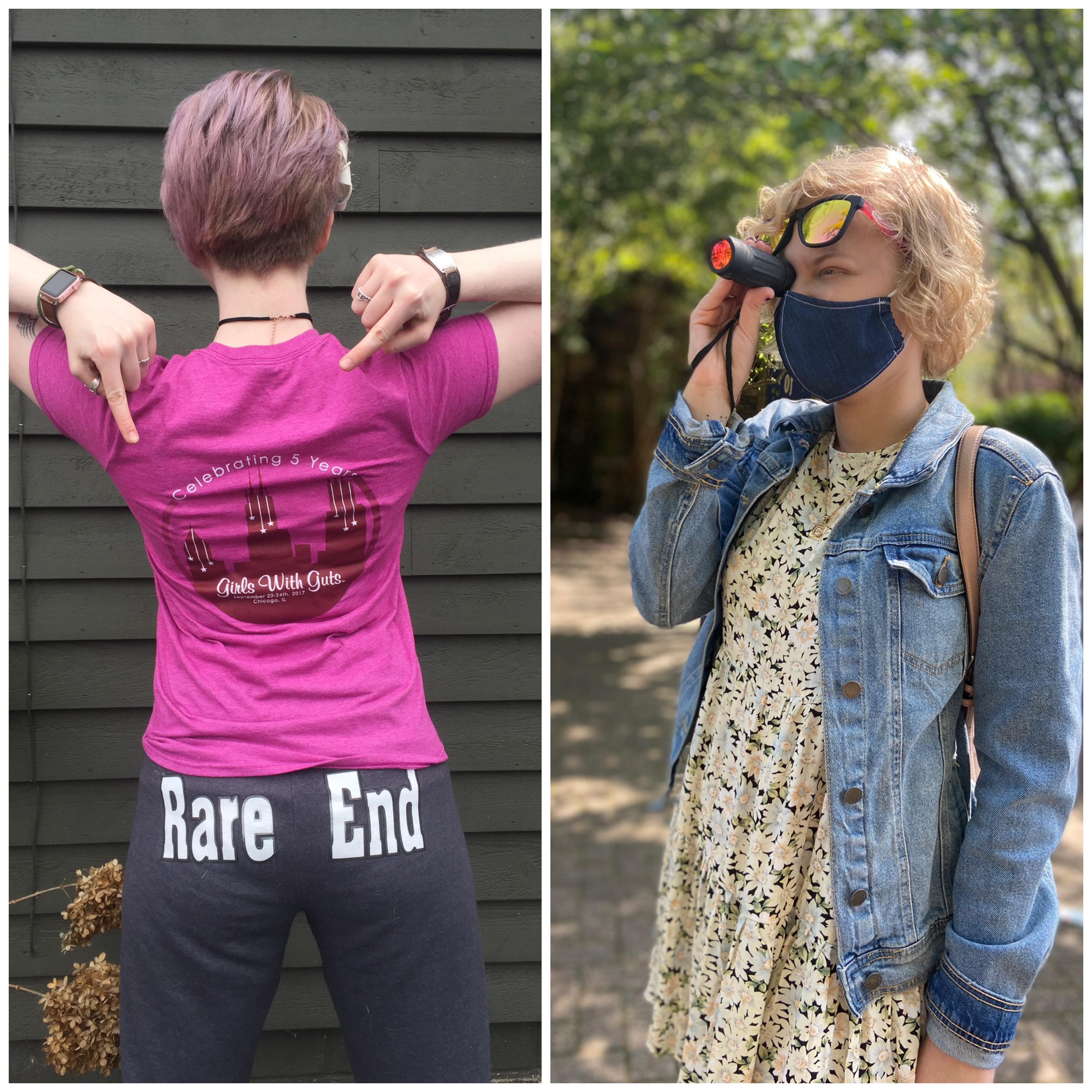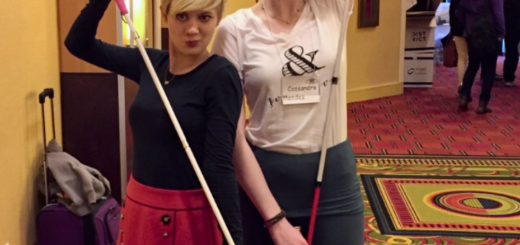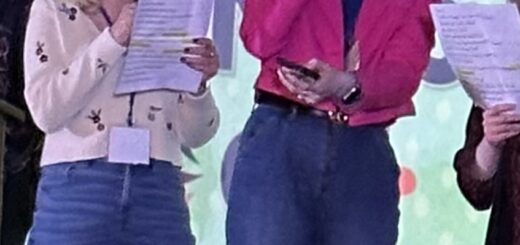17. do we want a cure?
Podcast: Play in new window | Download
hi hello hey, this week is a hot one!
Full disclosure: this is probably our most controversial episode to date. It’s a vulnerable one, and we’re both proud of it and nervous to put it out there. Cures are a highly divisive topic among the disability community, and it’s very difficult for able-bodied people to understand it as well. Ultimately, we just want to share our thoughts, experiences, and perspectives and give some food for thought!
Please understand that since this is very personal, we won’t respond to any shame or negative messaging, but as always, feel free to share your thoughts with us at hello@rarewithflair.com! One of our listeners sent us pictures of their cat listening to RWF and we love that.

show notes
- We ended our fundraiser and raised $2,250 to send to the Hermansky-Pudlak Syndrome Network!!! We can’t thank everyone enough who bought a shirt or just donated to this important cause. Our listeners, family, and friends can know that they’re helping find a cure for the deadly pulmonary fibrosis that affects the majority of people with our disease, including Cass
- We’re all on a different journey, but as a reminder, this episode is representative of our thoughts, feelings, and experiences
- Cass references an article on cures for people with disabilities from Forbes when talking about the different categories of disabilities that could change people’s opinions on having a cure
- Congenital: were you born with a disability?
- Degenerative: did this disability arise after birth and/or get worse over time?
- Painful: is the disability physically painful, or have you experienced societal pain (bullying) on account of this disability?
- Terminal: will this disability shorten your life expectancy?
- Case explains the difference between the social and medical models of disability.
- Case and Cass quickly mention universal design, or designing for people with disabilities in mind in order to benefit everyone. They cite examples such as curb cuts for wheelchair users or how texting was originally created for Deaf people. You can learn more from this Ted talk on universal design (TED)
- Cass explains how albinism affects multiple parts of the eye: the retina, the fovea, the pigment in the pupil, and the connection from the optic nerve to the brain
- When talking about what we’re into lately, Cass references episode 11 on hobbies and episode 16 on the HPS conference


